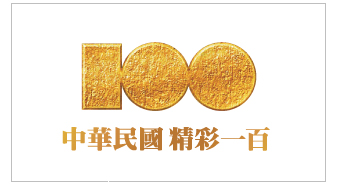Sparse Image Representation for Image Processing, Computer Vision and Pattern Recognition
C.-C. Jay Kuo
University of Southern California
Time: August 22 (Monday) 09:30 - 10:30
Intuitively speaking, visual information has strong spatial and temporal correlations which make its sparse representation possible. There are different image models that have been developed to exploit the special properties of visual data such as the total variation model, the hidden Markov model, the wavelet model, etc. Recently, a new image model based on the sparse and redundant representation becomes popular. The new sparse image model can be related to some existing model such as the local principle component analysis (PCA). This model has been applied to image processing applications. Examples include image denoising, image deblurring, image inpainting and super-resolution. While they are many known algorithms for image denoising and image deblurring, effective algorithms for image inpainting and super-resolution (especially in textured regions) are rare. Thus, it provides an attractive option in these applications. The sparse image model has also been applied to computer vision and pattern recognition problems. For example, the facial recognition problem has been studied for more than 30 years. However, if there is some occlusion in the facial region, such as a person wearing a sunglass, most traditional facial recognition algorithms break down. This problem was recently solved successfully using the sparse representation. Finally, future research directions will be discussed.
